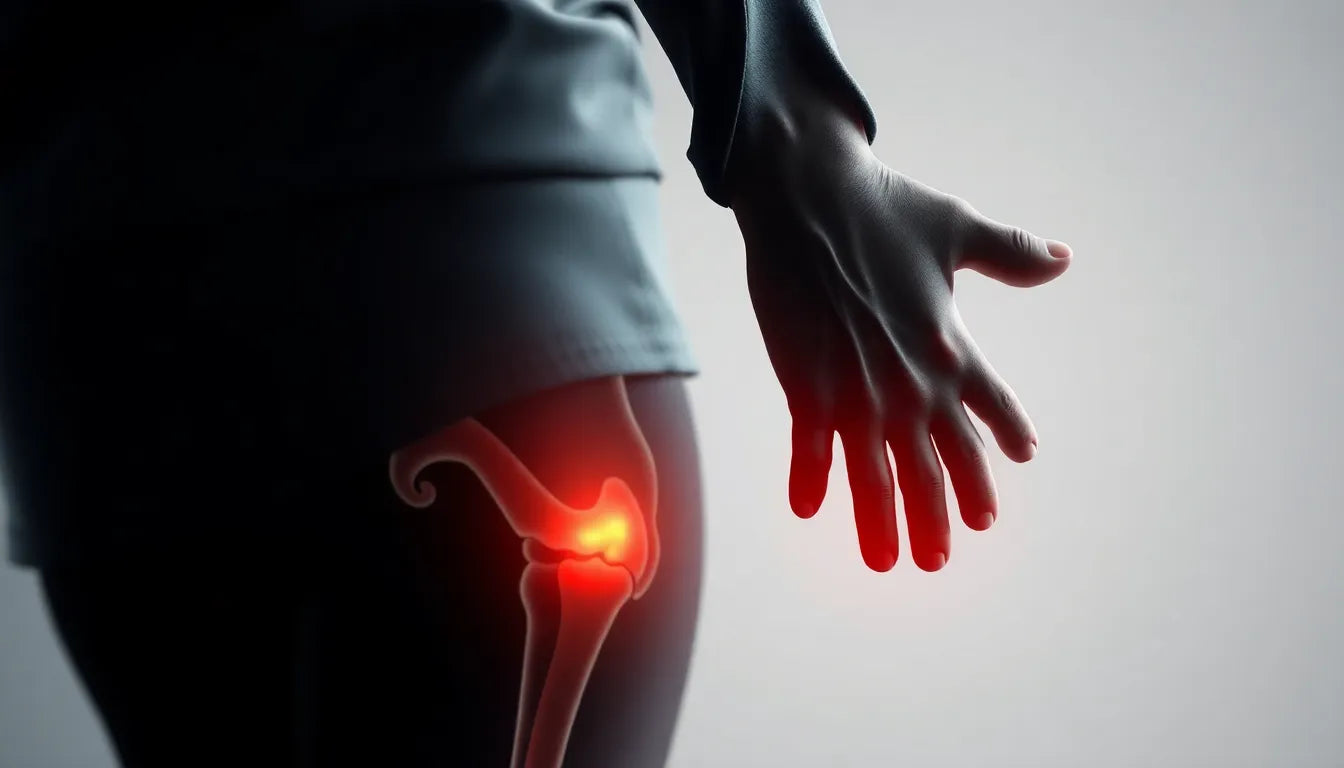Many people turn to chiropractic care with the hope of alleviating back pain, only to find themselves dealing with discomfort after their visit. This scenario is more common than you might think and often leaves patients wondering if their treatment was effective or if something went wrong. Experiencing pain in the back after a chiropractor visit is not unusual and can actually be a normal part of the healing process.
When you undergo a chiropractic adjustment, your body is introduced to new movement patterns. These adjustments can lead to temporary soreness, much like the muscle aches you might experience after an intense workout. This soreness is usually a sign that your body is adapting to the changes initiated by the treatment, rather than an indication of harm.
why understanding post-chiropractic discomfort is crucial
The purpose of this post is to shed light on why discomfort can occur after a chiropractic session, what is considered normal, and when it might be necessary to seek further advice. Understanding these aspects is essential for anyone undergoing chiropractic care, as it helps in distinguishing between typical post-treatment reactions and potential red flags that require attention.
Recognizing what to expect after a chiropractic visit can ease concerns and empower patients to make informed decisions about their health. While mild pain and soreness are common, knowing when these symptoms might indicate a need for further consultation is equally important.
In the following sections, we will delve deeper into the normal reactions you might experience after a chiropractic adjustment, explore the duration and frequency of these symptoms, and provide guidance on when to be concerned. Armed with this knowledge, you can approach your chiropractic care with confidence and clarity, ensuring that you get the most out of your treatment while safeguarding your well-being.
understanding normal reactions after a chiropractic visit
Experiencing soreness or mild pain after a chiropractic session is a typical response, much like the muscle soreness felt after a rigorous workout. This reaction is a result of your body's muscles and tissues adjusting to the new movement patterns introduced during the chiropractic adjustment. These adjustments aim to correct alignment, which can temporarily strain muscles as they adapt to their new positions.
Biologically, this soreness is part of the body's healing process. When a chiropractor realigns your spine or other joints, it alters the usual load on your muscles and ligaments. As these tissues adjust, they might become slightly inflamed, leading to temporary discomfort. This is not a sign of damage but rather an indication that your body is responding to the treatment.
duration and frequency of post-chiropractic symptoms
For most patients, these symptoms are short-lived. Typically, any soreness or discomfort should subside within 1 to 5 days. Research indicates that between 30% and 50% of chiropractic patients report experiencing mild side effects, such as local soreness, reduced mobility, or fatigue, after their treatments. These effects are generally mild and temporary, reflecting the body's natural adjustment process.
To help you understand what to expect, here's a brief comparison of common versus rare symptoms:
| Common Symptoms | Rare Symptoms |
|---|---|
| Soreness | Nausea |
| Reduced mobility | Dizziness |
| Fatigue | Heightened pain |
Rare symptoms are often transient and may be linked to pre-existing health conditions or the use of certain medications. It's important to inform your chiropractor about any such conditions before treatment.
positive side effects of chiropractic care
While the focus often lies on negative symptoms, it's worth noting that many patients report positive outcomes from chiropractic care. Improvements in areas such as breathing, digestion, and overall mobility are frequently mentioned benefits. These positive changes can enhance overall well-being and contribute to a better quality of life.
when to be concerned about pain after a chiropractic visit
While mild discomfort is normal, it's crucial to know when to contact your chiropractor for further evaluation. If pain persists beyond a few days, intensifies, or if you experience severe symptoms, it's advisable to seek professional advice. These signs could indicate an underlying issue that needs attention or an adjustment to your treatment plan.
Patients with pre-existing health conditions or those taking medications should be particularly vigilant, as these factors can exacerbate symptoms. Staying informed and proactive about your health is key to ensuring a safe and effective chiropractic experience.
In the next section, we will provide practical advice for managing post-treatment discomfort and explore research-backed insights to further support your recovery journey.
practical advice for managing post-treatment discomfort
Experiencing discomfort after a chiropractic visit can be unsettling, but there are several strategies you can employ to manage and alleviate these symptoms. One of the most effective ways to support your recovery is by staying active. Gentle movements, such as walking or stretching, can help maintain circulation and prevent stiffness. It's important to avoid complete rest, as inactivity might prolong soreness and reduce mobility.
In addition to staying active, consider using ergonomic aids to support your posture and alignment. Products such as lumbar support cushions or ergonomic chairs can provide additional comfort and help maintain the benefits of your chiropractic adjustment. These tools can be particularly beneficial if you spend long hours sitting or have a desk job.

Lumbar support belt
Adjustable lumbar belt for lower back pain relief and support in daily activities.

Men's Posture Shirt™ - Black
Posture-correcting shirt with NeuroBand™ tech for support and muscle activation.
research-backed insights on post-chiropractic symptoms
Research has shown that mild symptoms following a chiropractic session are common, with studies indicating that 30% to 50% of patients experience temporary effects like soreness or fatigue. These symptoms typically resolve within 1 to 5 days, as your body adjusts to the new movement patterns established during treatment. Understanding these statistics can help reassure you that your experience is a normal part of the healing process.
Moreover, it's worth noting that positive side effects, such as improved breathing and digestion, are also frequently reported by patients. These benefits can enhance your overall well-being and serve as a reminder of the potential positive outcomes of chiropractic care.
frequently asked questions
is it normal to feel worse after a chiropractic session?
Yes, it is normal to experience mild soreness after a chiropractic session. This discomfort is part of your body's adjustment to the treatment and is similar to muscle soreness after exercise.
how long should post-treatment pain last?
Post-treatment pain typically subsides within 1 to 5 days as your body adapts to the changes initiated during the chiropractic adjustment.
what should I do if the pain doesn’t go away?
If the pain persists or worsens beyond a few days, it is advisable to contact your chiropractor for a reassessment. They can help determine if an adjustment to your treatment plan is necessary.
are there any serious risks associated with chiropractic care?
Serious risks are rare, but it is important to inform your chiropractor of any pre-existing conditions or medications you are taking, as these can influence your treatment and recovery.
can I do anything to prevent soreness after a session?
To help prevent soreness, stay active with gentle movements and consider using ergonomic supports to maintain proper alignment and posture. These measures can aid in mitigating discomfort after your chiropractic session.


















